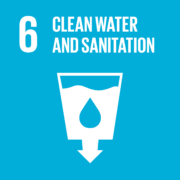Irrigation System Design
Engineering irrigation systems by considering environment, soil, crops, water sources, and solutions.
Overview
Our designs combine agronomic knowledge with advanced hydraulic systems to deliver efficient and sustainable irrigation solutions.
We base our irrigation system designs on field-collected data and important agronomic factors like crop type, soil conditions, and climate. This approach ensures that each system is customized to fit the specific requirements of each project. We provide clear, detailed schematic drawings that make installation easy, allowing both our team and clients to implement the design seamlessly.
A Glimpse Into Our Solutions

Step 1
Assess Crop and Site Needs
Determine the crop's water requirements based on growth stages and local climate.
Evaluate the site conditions, including soil type, infiltration rates, topography, and water availability, to understand how water will move through the field.
![78[1] 78[1]](https://agrinnovatecs.com/wp-content/uploads/2025/01/781-570x380.jpg)
Step 2
Choose the Right System and Design Components
Select the most suitable irrigation method (drip, sprinkler, etc.) based on the crop and site conditions.
Design the layout, including the mainline, sub-main, laterals, and emitters or sprinklers, ensuring proper spacing and flow rates to provide uniform water coverage.

Step 3
Develop an Irrigation Schedule
Create a watering schedule based on crop needs, growth stages, and local weather patterns to ensure the crop receives the right amount of water at the right times.
AgrInnovateCS ©2024 All Rights Reserved.
Developed by Webar Solutions





